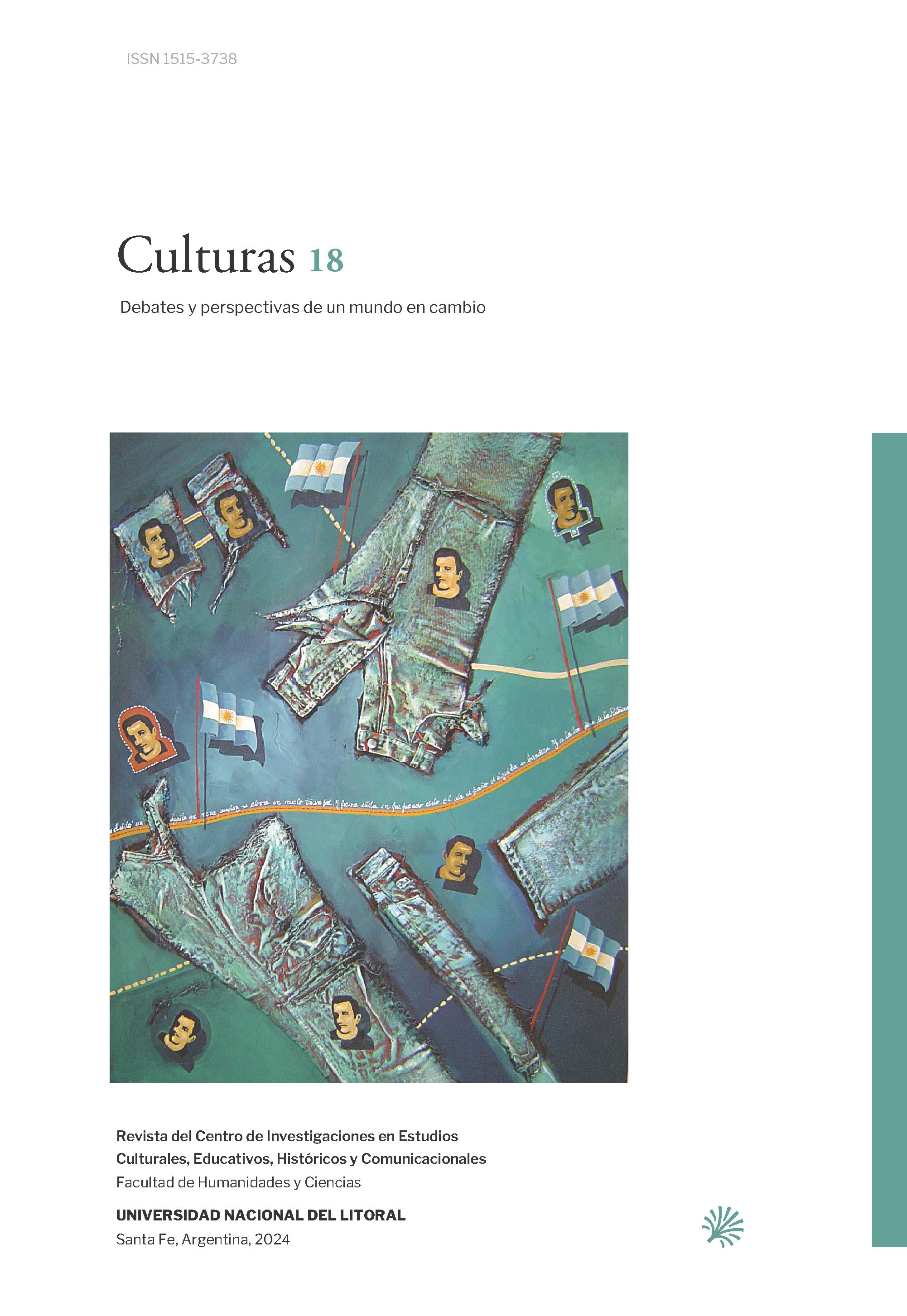Una muchacha corre entre caballos
Ensayando un análisis afectivo y territorial de Las Mil y Una (2020)
DOI:
https://doi.org/10.14409/culturas.2024.18.e0042Palabras clave:
cine, regionalismo, Clarisa Navas, vecinocracia, géneroResumen
En la última década y media, la filmografía nacional se inunda de exploraciones formales, críticas y conceptuales realizadas por proyectos que indagan horizontes variados, desde lugares de enunciación periféricos. La construcción de sujetos y espacios provinciales en el cine se complejiza cuando emerge un mayor número de directoras y directores provenientes de provincias distintas a Buenos Aires, tensionando los valores hegemónicos de la cultura metropolitana. Es decir, la aparición de discursos territorializados nos habilita a pensar que las vivencias de quienes habitan un territorio se impregnan en sus obras, a la vez que le proporcionan mundo, diégesis, fundamento sociohistórico y un sistema de relaciones sociales de referencia. Lo que permite imaginar que se inscriben territorios —antes ausentes— en la cultura, cuando generan un mapa de características y modos de ser/estar para el campo social, cultural y académico.
Las Mil y Una (2020), segunda película de Clarisa Navas—cineasta correntina— continúa la línea de Hoy Partido a las Tres (2017) al construir una historia que sucede en el litoral argentino, región de donde es originaria, con personajes —provincianos y provincianas— que desafían las lógicas del binarismo de género. Esta película pone en escena el rol social de las mujeres, las problemáticas de la comunidad LGBTQI+, la lógica de la vida pública y privada tensionada por las hipermediatizaciones, el desplazamiento de barrios populares hacia las afueras de las grandes ciudades y las lógicas de la vecinocracia, entre otras; con una profunda crítica social, amor por los sujetos que (re)presenta y transversalizada por una fuerte urdimbre territorial.









